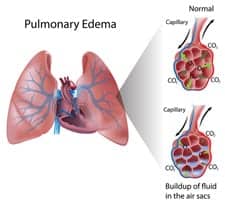In 2005, researchers from Johns Hopkins Children’s Center and Duke University Medical Center found that one third of North Carolina’s 106 emergency departments failed in crucial ares while stabilizing a critically injured child during a mock emergency drill. The research team returned to 18 of the 35 ED with an analysis of what went wrong. They then refreshed the staff’s knowledge of 44 "tasks," including some specific to child resuscitation.
In a follow-up study, published in the November issue of Pediatric Emergency Care, the team made surprise visits to the 18 EDs and found that scores on 37 of the 44 tasks improved, and 11 of the most important improved significantly: Following the refresher, the number of EDs properly estimating a child’s weight nearly doubled; twice as many ED teams correctly started an IV through the bone, the number of EDs correctly assessing consciousness nearly quadrupled; more than twice as many ordered the correct antiseizure medications; and more than twice as many correctly prepared a child for transport to CT scanners or operating rooms.
The invetsigators concluded that it doesn’t take much more than a mock trauma drill to diagnose the shortcomings and brief refreshers to get ER personnel performance sharp again. They also noted that both studies involved adult EDs in community hospitals and trauma centers rather than pediatric ED teams who specialize in child resuscitation, but only 20% of injured children end up in such specialized pediatric EDs or pediatric trauma centers.
Trauma is the number one cause of death in children under 14 years of age.









